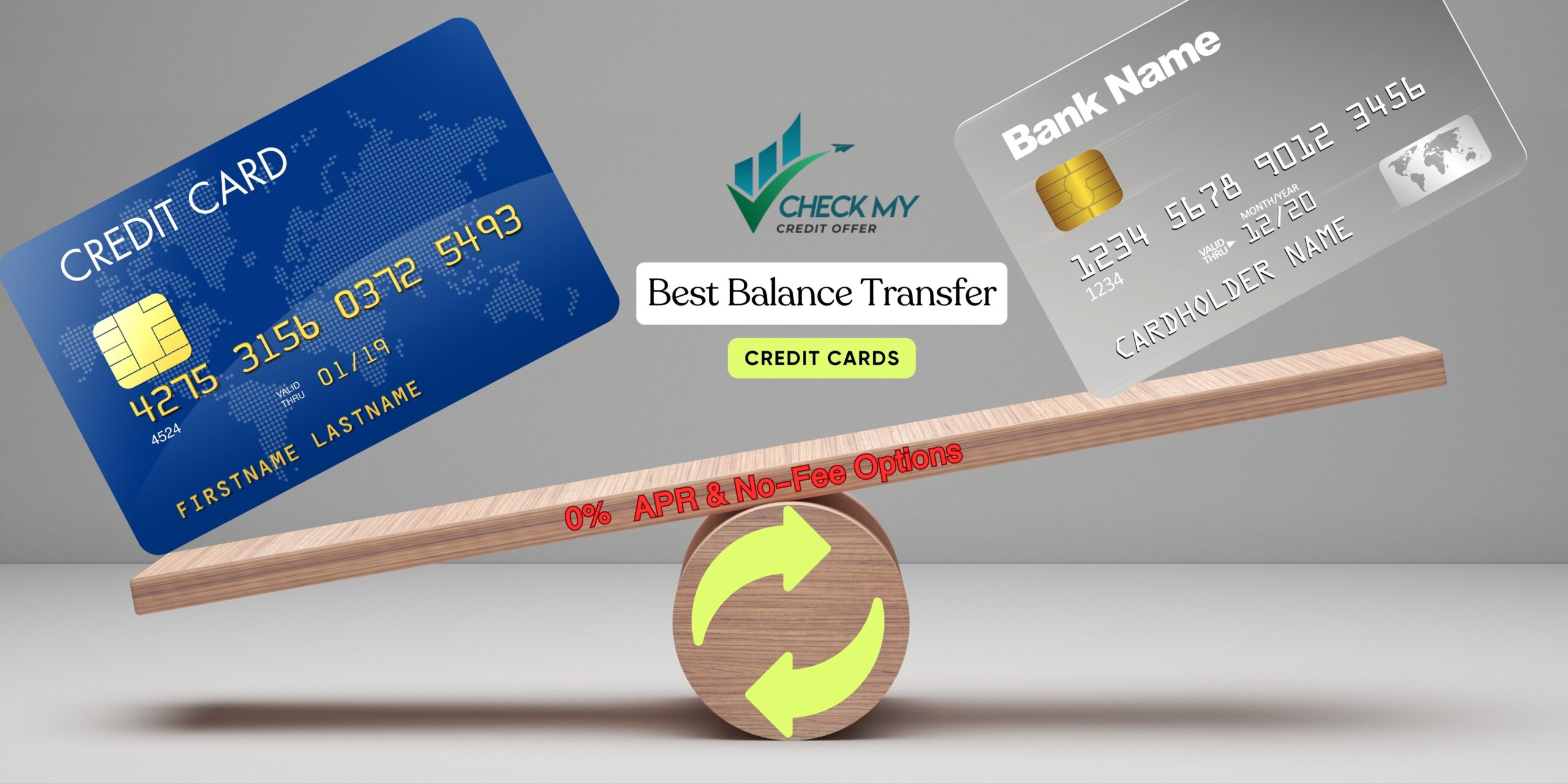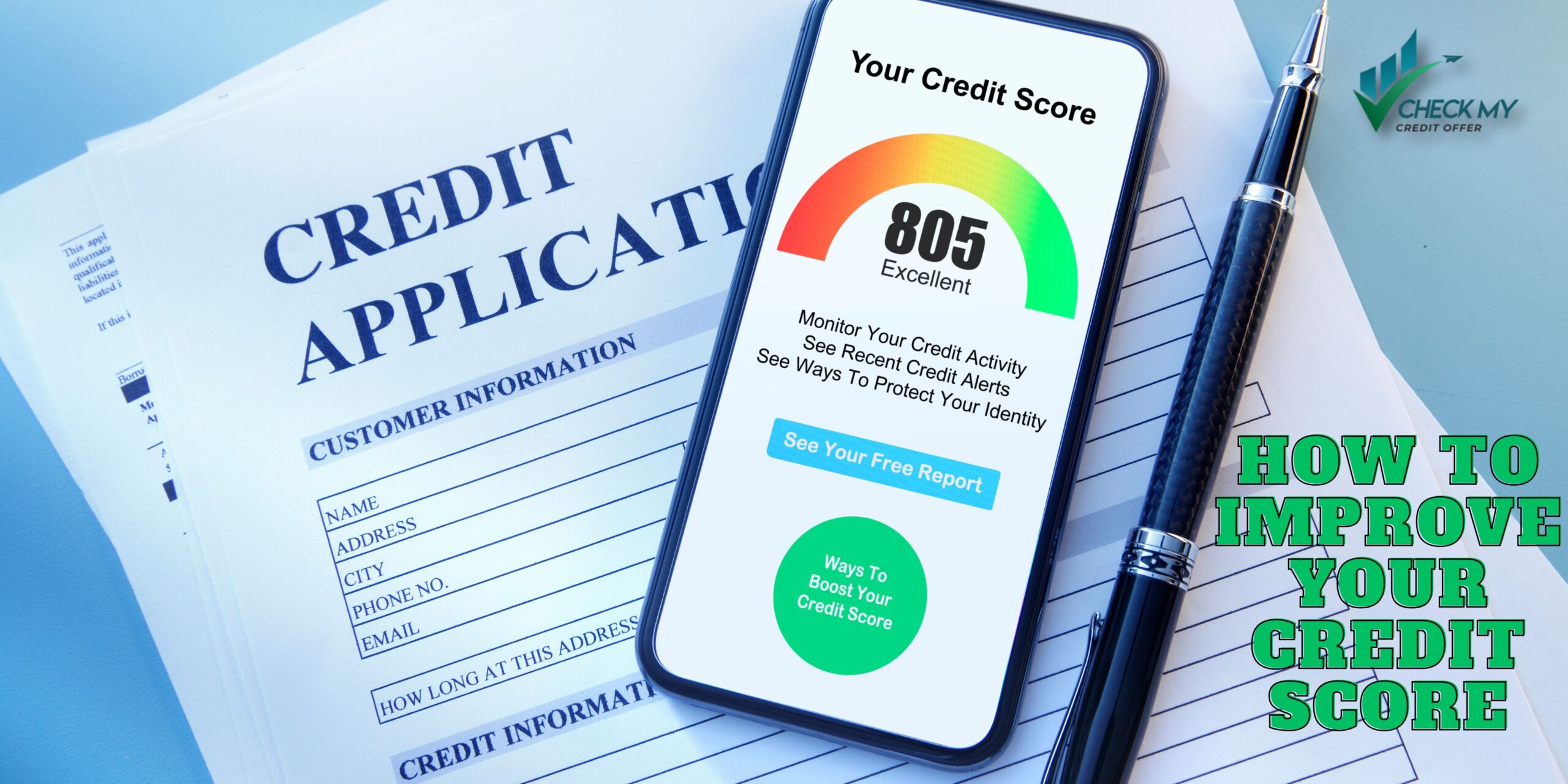What Is Pre-Approval? Understand How It Works & Why It Matters
When you get a letter or email informing you that you’re “pre-approved” for a credit card or loan, it can make you think you’ve already won. But what exactly does it mean? Is it an official offer or just a marketing gimmick? Knowing what pre-approval is, how it works, and how to get the most out of it can help you utilize this tool to your financial benefit. Let’s break it down in plain language.
Pre-Approval gives you an early, no-impact snapshot of eligibility so you can compare offers and apply with more confidence.

Pre-Approval: check your eligibility with a soft pull before submitting a full application.
What Is Pre-Approval Truly?
Definition of Pre-Approval in Credit Context
Pre-approval happens when a lender has made a preliminary review—almost always a soft pull of your credit—and determined that you are eligible for some form of credit card or lending opportunity based on some criteria. This is not a hard and fast thing, but it is good news your application will be approved if your circumstances haven’t changed.
Pre-approval makes customers more aware of the kind of credit they should be eligible for, and therefore choosing the right financial product becomes much easier. Pre-approval removes the fear of rejection, especially among customers with almost-bankrupt credit scores.
How It Is Different from Final Approval
Final approval comes after you have formally applied and the lender has performed a hard inquiry on your credit. It is a general review of your credit report, income, and other details of finance. Pre-approval only gets you to the first level of screening; it is approval pending what the lender discovers in the full appraisal.
In most cases, pre-approval is a great place to start if you’re out shopping for a new loan or credit card. It makes the application process easier and gives you more negotiating leverage.
Step by Step How Pre-Approval Works
Soft Pull vs. Hard Pull – What Lenders See
A soft pull doesn’t affect your credit score. It allows a lender to review your creditworthiness based on limited information. A hard pull, one that is done when you apply for the credit, does affect your score somewhat and stays on your report for up to a two-year period.
Soft pulls would typically take place when:
- You order your own credit score
- A lender pre-screens you
- An employer performs a background check
Hard pulls occur when:
- You apply for a mortgage
- You apply for an automobile loan
- You apply for a personal loan or credit card
Why a Pre-Approval Offer is Extended
Lenders pre-screen you based on credit bureau data. Provided your record satisfies them—i.e., a minimum credit score range, income level, or account history—they grant a pre-approval offer. They can do this by:
- Direct mail
- Online account notices
- Credit card web sites
As an example, searching for offers on Capital One’s pre-qualification website will instantly tell you what cards you will qualify for.
Pre-Approved vs Pre-Qualified – Are They Synonyms?
Simple Key Differences Explained
They are sometimes synonyms, but there are differences:
- Pre-qualified usually means that you provided some general information (salary, estimated credit score) and the lender made the offer to you in the future.
- Pre-approved generally refers to the fact that the lender soft-pulled and pre-approved you based on your actual credit information.
Which One Is More Important?
Pre-approval generally is a bigger deal than pre-qualification, as it’s done from actual credit information. But neither is absolute. It’s still your job to qualify on all terms at actual application time.
Does Pre-Approval Hurt My Credit Score?
When It Does (and Doesn’t Matter)
- Doesn’t matter: When you check eligibility online or receive a pre-approval offer, it’s a soft pull.
- Does matter: When you fill out a full application, your hard pull will lower your score by a few points (usually less than 5 points).
Will You See a Decline in Your Credit Score?
Not from the pre-approval check itself. But when you apply, the hard inquiry can cause a small dip. It is temporary and will hopefully recover within a few months if you keep your credit in good standing.
How to Know Which One Applies
Always read the terms of the pre-approval. True pre-approval offers will inform you that checking your offer won’t be counted against you as a score. Here are some examples:
- Discover’s Card Match tool
- American Express RSVP
Soft Pull vs Hard Pull: The Major Differences
What Is a Soft Pull?
A soft check or soft pull is a credit inquiry which won’t affect your credit score. It’s commonly used for:
- Pre-approvals
- Employment background checks
- Checking your own score
What Is a Hard Pull?
Hard pull or hard inquiry is when you request credit. It can lower your score and is reported to other lenders. Multiple hard pulls sequentially within a short duration can be a sign of risk.
Soft Pull vs Hard Pull — Quick Comparison
| Aspect | Soft Pull | Hard Pull |
|---|---|---|
| Credit score impact | No impact | Small, temporary dip (a few points) |
| When it happens | Pre-approval checks, employer screening, checking your own report | Submitting a full application (cards, auto, personal loans, mortgages) |
| What lenders see | Limited info for eligibility | Full file review for a binding decision |
| How long on your report | Doesn’t show as an inquiry that affects score | Up to 2 years (impact typically fades after ~12 months) |
| Best use | Pre-Approval comparisons without risk | Apply when you’re ready and terms look right |
Before You Click “Apply” — Quick Checklist
-
- Confirm it’s a soft pull for the check and a hard pull only at full application.
- Match your name, address, and ZIP to any invitation you’re responding to.
- If your credit is frozen, temporarily lift the freeze with each bureau before applying.
- Pay balances down to keep utilization <30% (lower is better).
- Gather proof of income/employment; keep figures consistent with your file.
- Apply with one lender at a time; avoid stacking multiple apps on the same day.
- After approval, enable autopay and alerts; verify the APR, fees, and due date.
Which Type Is Used in Pre-Approvals?
Ninety-nine percent of pre-approvals start with a soft pull. You receive a hard pull only when you make a formal application.
Tips to Protect Your Credit Score During Pre-Approval
Read the Fine Print Before Applying
Some “pre-approved” applications make you apply immediately with a hard pull. Be aware of what you’re doing.
Avoid Multiple Apps at Once
Each one will give you a hard pull. Space them out and apply for credit only when you really need it.
Use Pre-Approval as an Information Tool
Pre-approvals are best for:
- Testing your qualifying
- Comparing around
- Planning ahead for future credit needs
By comparison shopping with resources like Capital One’s pre-approval page or Discover’s pre-approved offers, you can comparison shop with no risk.
FAQs – Pre-Approval and Credit Impact
Is checking for several pre-approval detrimental to my score?
No. Provided you’re only conducting offers checks and not applications, your score is not impacted.
Can I be rejected after a pre-approval?
Yes. In the event that your financial situation changes or the lender finds inconsistencies in the application, they will deny it.
How long will a pre-approval remain on my credit report?
If a hard pull was done, it typically remains on your report for two years but affects your score for just one year.
Is pre-qualification equivalent to pre-approval?
Not really. Pre-qualification is self-reported, while pre-approval is real credit data from a soft inquiry.
Conclusion – Drive Pre-Approvals With Confidence
Final Thoughts on How to Use Pre-Approvals Strategically
Pre-approvals are a great tool to understand where you stand with your money and how much credit you can access. They provide you with clarity, they reduce stress, and they avoid unexpected hard pulls. However, they are not guarantees, so use them as an informed opportunity.
Frequently Asked Questions for Pre-Approval
Can pre-approval be used for shopping around for better terms?
Yes, use it to shop around with multiple lenders.
Do I purchase pre-approval on the internet or wait for a mail offer?
Faster and easier online, usually.
Are pre-approval tools usable by international students?
Some cards offer students valid documents with eligibility.
Ready to make better choices? See your eligibility through:
These tools will not hurt your score—and they’ll make the power of choice yours.






